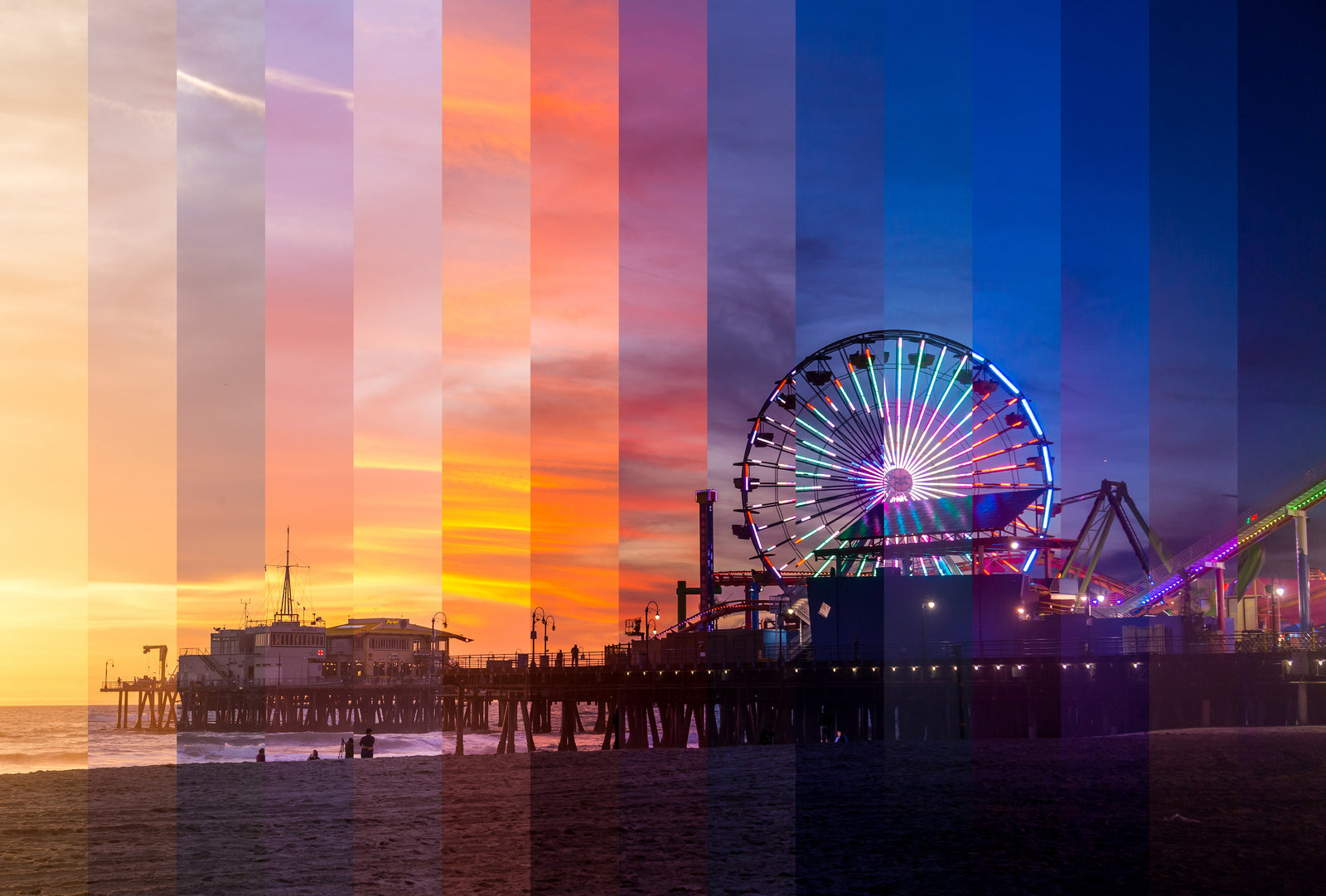What is Time-Lapse Photography?
June 24, 2021

Time-lapse means: Capturing a series of images at a set interval over a period of time, and then displaying the images faster than in real-time. That’s the simple definition, but when asking the question, what is a time-lapse, the answer depends if you’re talking about film or photography. While the concept and effects are similar, film and photography utilize different techniques to achieve this effect.
The first thing that might come to mind when you think about time-lapse photography is plants seemingly blooming in seconds. Indeed, this technique was first used in the early 20th century to show flowers blooming in Yosemite National Park. If you watch television, you might recall the wonderful time-lapse cinematography in the programs House of Cards or Breaking Bad. In film, this technique was first used in 1897 by the French filmmaker George Méliès.
What Are Time Lapse Pictures?
Time-lapse photography is useful for capturing slow processes that normally wouldn’t be interesting or obvious if you simply watched them in real-time. In addition to speeding up the growth of plants, this technique can be used to speed up movements, as in House of Cards opening sequences in which the movement of scenes around Washington, D.C., are creatively altered — from clouds to cars.
A time-lapse movie is created by capturing fewer frames over a longer period of time. Time-lapse photography requires slowing down the actual capture process of an individual image. Then the individual images are combined to create a video that lasts anywhere from a few seconds to several minutes.
Time-Lapse Photography Equipment
You’ll need a good-quality camera, intervalometer, tripod, and high-capacity memory card. You may also need post-processing software to edit your time-lapse footage.
Camera: Technically, any point-and-shoot camera or smartphone can be used for time-lapse photography, but a digital single-lens reflex camera (DSLR) will likely produce better results.
Intervalometer: This device triggers the camera to take photos at regular intervals for an extended period of time. Without this tool, you’d have to stand next to your camera and manually press the shutter button every few seconds. Some DSLR cameras and smartphones come with a built-in time-lapse feature.
Tripod: This basic piece of equipment is required to keep the camera perfectly still in order to emphasize the steady movement of your subject and prevent blurriness.
High-capacity memory cards: Because time-lapse photography requires taking many photos, you’ll need several large memory cards. Many experts suggest shooting in RAW format, and these high-resolution images hog a lot of memory.
Expert Tips
- Select a shutter speed that is double your frame rate (e.g., if you’re shooting at 25 frames per second, the shutter speed should be 1/50)
- To reduce graininess, select a low ISO with a higher-light setting
- Set your camera to manual focus to maintain consistently sharp photos
Consult your camera or smartphone manual or look online for specific step-by-step instructions, then have fun experimenting!
Leave a comment
Comments will be approved before showing up.
Also in Blog

How to Enlarge a Picture for Printing
July 20, 2021

How to Make a Digital Photo Album
July 20, 2021

How to Share Digital Media
July 20, 2021
Purchase
CONNECT
We're here to help!
For All General Inquiries:
Phone: 888.333.2808
Email: info@scandigital.com
Business Hours (EST):
Monday - Friday: 9:30am - 5:30pm
ScanDigital Chicago
(Drop-Off & Pick-Up Only):
Phone: 888.324.6436
Business Hours (CST):
Monday - Friday: 10:00am - 4:00pm
News & Updates
Sign up to get the latest on sales, new releases and more…
© 2025 ScanDigital, Inc..
